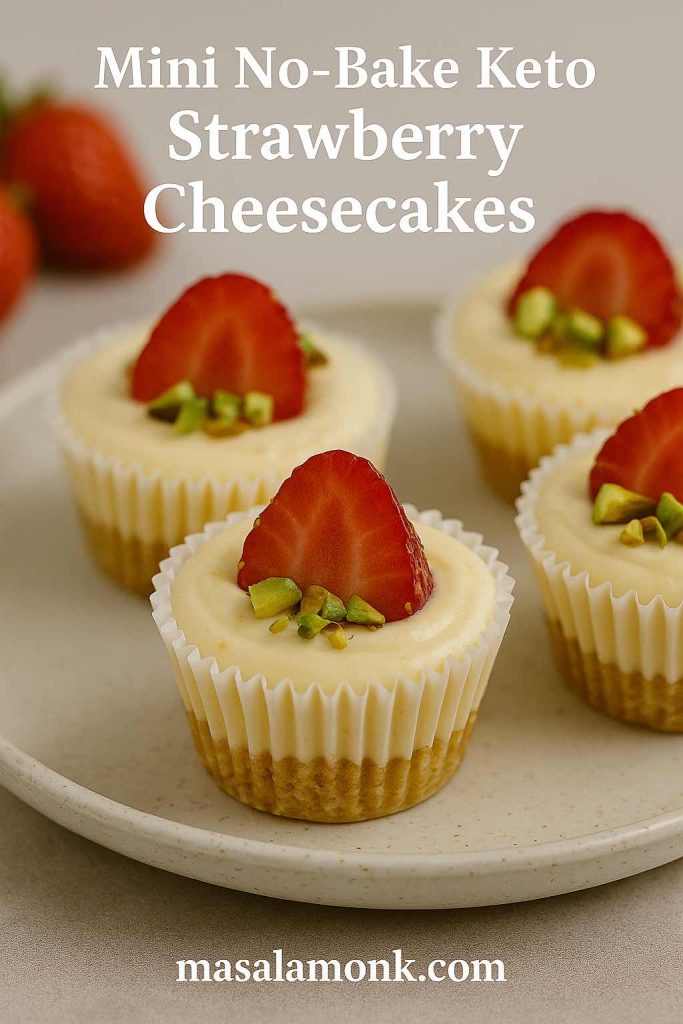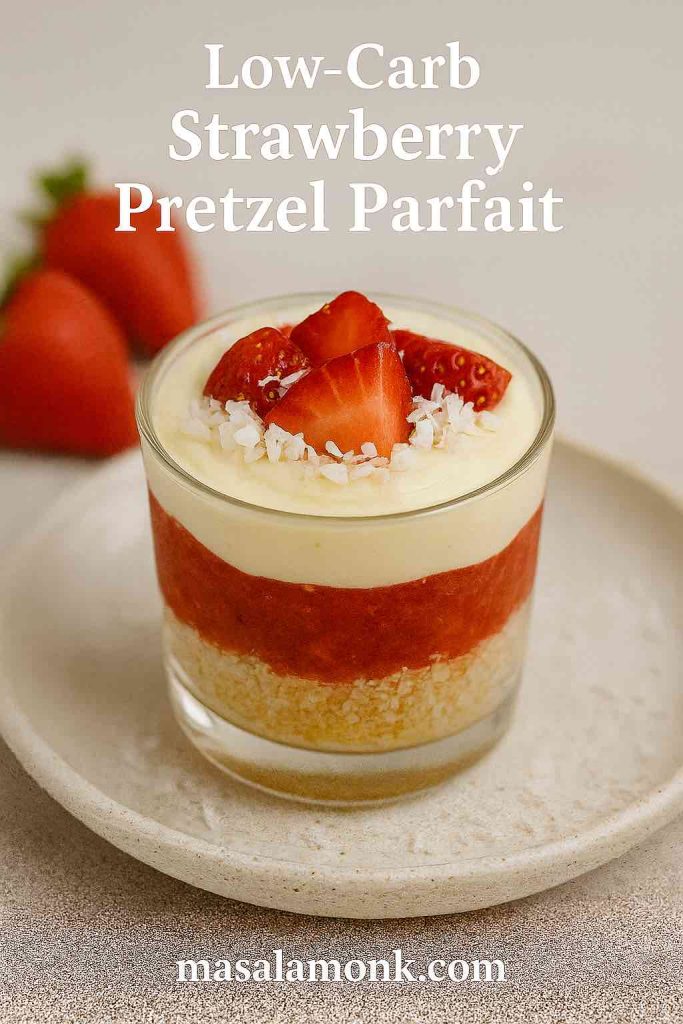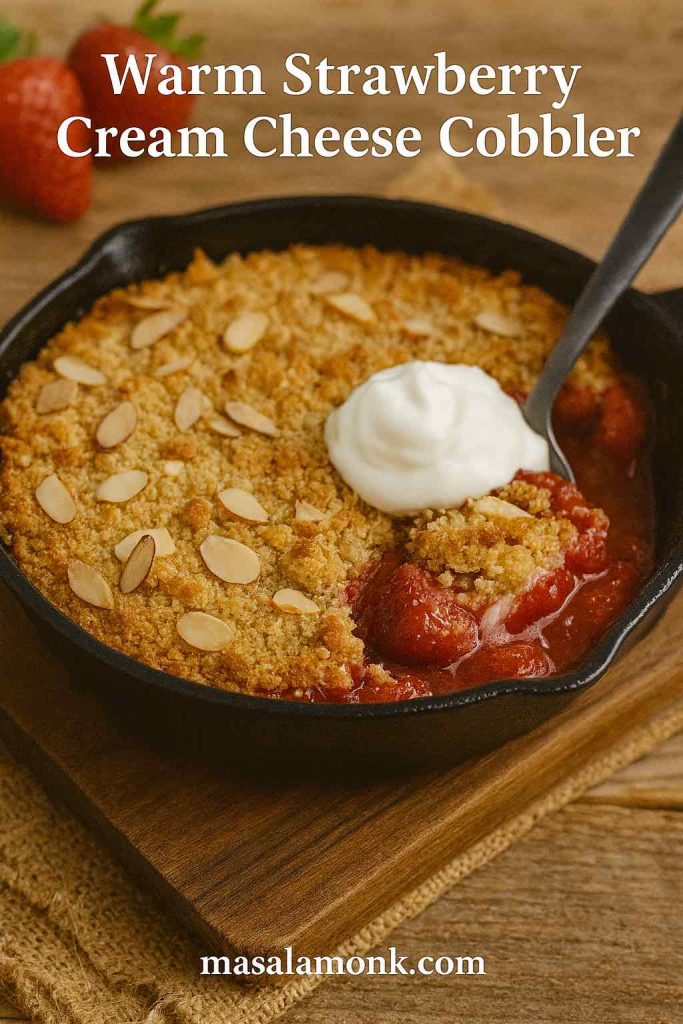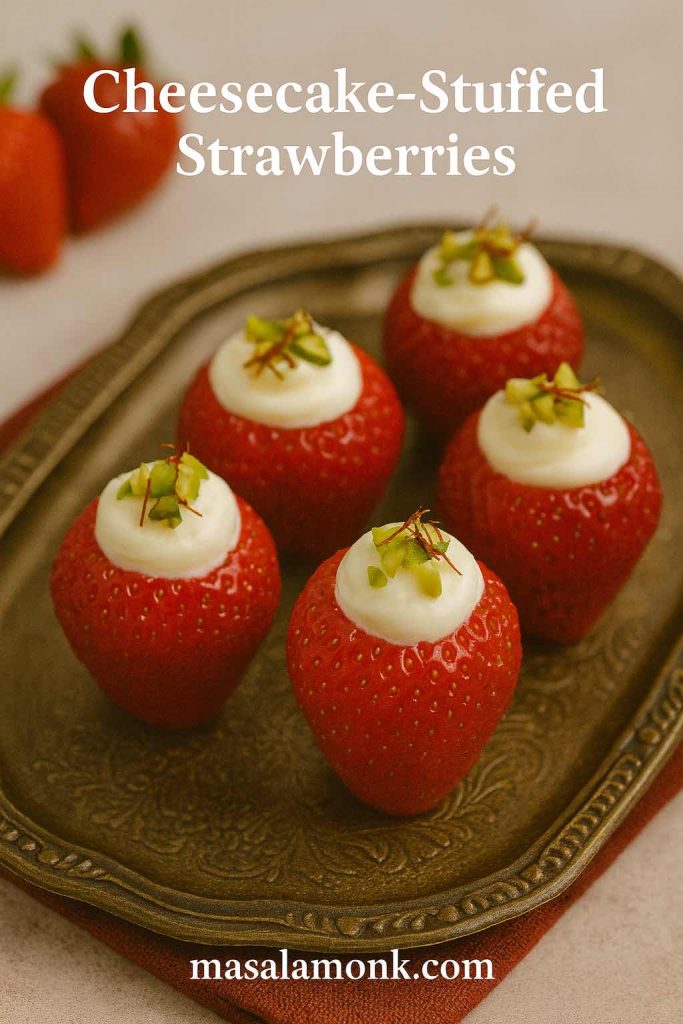
The Indian omega-3 supplement market is overflowing with options, and most brands promise big numbers without delivering real results. Tata 1mg Fish Oil Capsules stand out in this crowded space. Backed by the trusted Tata 1mg pharmacy network, these Triple Strength Omega 3 capsules (check on Amazon) provide a potent dose of 560 mg EPA and 400 mg DHA in just one softgel. Thanks to the enteric coating, they are designed for smooth digestion and no fishy burps.
Moreover, Tata Fish Oil Capsules combine clinical-strength omega-3 levels with the credibility of a pharmacy-backed brand. This makes them an attractive choice for anyone focused on heart, joint, brain, or recovery benefits.
So, are Tata 1mg Triple Strength Omega 3 Fish Oil Fish Oil Capsules really the best option among India’s omega-3 supplements? In this review, we’ll explore their ingredients, absorption science, pros and cons, real user feedback, and comparisons with other top fish oils in India.
Want to see all top omega-3 picks compared? Check this in-depth guide.
Product Snapshot: Tata 1mg Triple Strength Omega 3
- Per Capsule: 560 mg EPA + 400 mg DHA (total omega-3: 960 mg)
- Serving Size: 1 capsule/day (convenience for most Indian users)
- Capsule Type: Enteric-coated softgel (less aftertaste, smoother digestion)
- Capsule Size: Standard “high-strength” size; firmer/harder than some brands
- Pack Sizes: 60 or 90 softgels (price: ₹715 for 60, ~₹986 for 90; check latest Amazon price)
- Source: Deep sea fish (anchovy, sardine, mackerel blend), triglyceride (TG) form
- Form: Predominantly triglyceride (TG)—the most absorbable natural form
- Who is it for? Anyone seeking potent, one-pill-per-day omega-3 for overall health, joints, or sports recovery
Why Tata 1mg? Pharmacy-Backed Trust
Tata 1mg is a household name for verified medicines, diagnostics, and health info. Their omega-3 is:
- Pharmacy grade: Distributed by Tata’s healthcare arm, available on 1mg, Amazon, Flipkart, and major chemists.
- Ingredient transparency: Clearly labeled as TG-form omega-3—rare among Indian brands.
- Enteric coating: Designed to resist stomach acid, dissolve in the intestine, and avoid fishy burps/aftertaste (real feedback says it actually works).
Curious about forms of fish oil and why they matter? See our science-backed omega-3 guide.
Ingredient Deep-Dive: What’s In Each Capsule?
| Component | Per Capsule |
|---|---|
| EPA | 560 mg |
| DHA | 400 mg |
| Other Omega-3s | 50–100 mg (trace) |
| Capsule Base | Gelatin, enteric coating (not vegetarian/vegan) |
| Purification | Molecular distillation (removes heavy metals, PCBs, toxins) |
- Source: Wild-caught deep sea fish oil (anchovy, sardine, mackerel).
- Certification: No “Labdoor/Trustified” badge yet, but processed to pharma standards.

What Makes Tata 1mg Triple Strength Stand Out?
When compared with many other fish oil supplements in India, Tata 1mg Triple Strength Omega 3 Capsules offers several unique advantages:
- High-dose EPA and DHA in a single capsule
Unlike standard fish oil softgels where you may need two or three pills, here you get 560 mg EPA + 400 mg DHA in just one serving. Therefore, it is highly convenient for anyone aiming for clinical-strength anti-inflammatory or joint support. - Superior triglyceride (TG) form
Moreover, Tata 1mg uses the TG form of omega-3, which is easier to absorb than the cheaper ethyl ester (EE) form. This is especially beneficial if your goal is long-term heart, brain, and cognitive health. - Enteric-coated softgels for comfort
Many high-strength fish oils cause reflux or “fish burps.” In contrast, the enteric coating of these capsules minimizes aftertaste, making it far more user-friendly. - Pharmacy-backed credibility
Another major advantage is Tata 1mg’s pharmacy reputation. While generic fish oil brands often raise concerns about counterfeits or poor storage, Tata 1mg ensures quality control and reliable sourcing. - Strong value for money
Finally, despite being premium, the cost typically ranges between ₹11–₹16 per capsule. Per mg of EPA/DHA, it often works out cheaper than imported omega-3s marketed as “clinical grade.”
Real-World User Experience: Pros, Cons & Unique Feedback
⭐ What Users Love about Fish Oil Capsules from Tata 1mg
- “No fishy burps—really works!”
Enteric coating gets frequent praise. “No aftertaste, even if I take it without breakfast.” - “Trusted brand—prefer it over unknown supplements.”
Users who buy allopathy or prescription items say they trust 1mg and Tata more than new fitness brands. - “Noticeable difference in joint pain and energy.”
Users with arthritis or heavy gym routines cite less morning stiffness, quicker recovery, and improved skin glow within weeks. - “Easy once-a-day solution.”
Many users switched from lower-strength fish oils that needed 2–3 capsules for the same EPA/DHA.
❗ What Some Dislike about Tata Fish Oil Capsules
Although Tata 1mg Triple Strength Omega 3 Fish Oil Capsules are highly effective, a few drawbacks have been noted by real users:
- Capsule firmness
The enteric coating, while excellent for reducing fishy burps, also makes the capsule slightly harder than standard softgels. As a result, some users find it tough to swallow unless taken with plenty of water. - Occasional freshness issues
In some cases—especially during hot Indian summers—customers have reported a mild rancid smell or capsule hardening. This is likely due to heat exposure or old stock. Therefore, it is always advisable to check packaging dates and store the supplement properly. - Not suitable for vegetarians or flavor-seekers
Since these capsules use fish oil and gelatin, they are not vegetarian or vegan-friendly. Furthermore, unlike brands such as Neuherbs or MuscleBlaze Gold, Tata Fish Oil does not include lemon or vanilla flavoring. Instead, it sticks to a classic, pharma-grade formula.
Comparison Table: How Tata 1mg Stacks Up
| Product & Review Link | EPA/DHA per Cap | Price (60 caps) | Unique Feature | Buy Now |
|---|---|---|---|---|
| Tata 1mg Triple Strength | 560/400 mg | ₹715 | TG-form, enteric-coated, trusted | Amazon |
| MuscleBlaze Gold Triple Strength | 500/400 mg | ~₹875 | Max EPA in vanilla-flavored pill | Amazon |
| Neuherbs Deep Sea Omega 3 | 446/297 mg | ~₹699 | Lemon flavor, D3 & E added | Amazon |
| Carbamide Forte Triple Strength | ~495/330 mg | ~₹699 | Bestseller, good value | Amazon |
| TrueBasics Omega 3 | 525/375 mg | ~₹649 | TG-form, balanced dose | Amazon |
| Wellbeing Nutrition Omega 3 | 612/408 mg | ~₹948 | Curcumin-infused, slow release | Amazon |
| MuscleBlaze Standard | 180/120 mg | ~₹475–₹599 | Budget, easy to swallow, starter | Amazon |
See our full comparison of all 7 best Indian fish oils here.
How to Take Tata 1mg Omega 3 Fish Oil Capsules?
To get the best results from Tata 1mg Triple Strength Omega 3 (560 mg EPA + 400 mg DHA) – find on amazon, follow these simple steps:
- Take one capsule daily with a fat-containing meal (such as milk, nuts, ghee, or paneer). This helps improve absorption of omega-3 fatty acids.
- Swallow with plenty of water and do not chew or crush the capsule. Because of its enteric coating, it feels slightly firmer than regular softgels.
- Store in a cool, dry place, away from direct sunlight or excessive heat. During summer months, refrigeration can help maintain freshness.
- Stay consistent, since the benefits of omega-3 build gradually. Most people notice improvements in joint comfort, recovery, or skin health within 4–6 weeks.
Who Should Choose Tata 1mg Fish Oil Capsules?
If you are looking for a reliable and high-potency omega-3 supplement, Tata 1mg Triple Strength Fish Oil Capsules are a smart choice.
- Adults aiming for specific health goals
In particular, these capsules are suitable for people focusing on heart health, joint comfort, muscle recovery, or even skin wellness. Each softgel delivers a clinical-strength dose of 560 mg EPA and 400 mg DHA in just one pill, which means you don’t need multiple capsules to meet your daily needs. - Health-conscious individuals who value trust
Moreover, the supplement comes from a pharmacy-backed brand, so you get the reassurance of transparent labeling and quality standards—something not all fish oil brands in India provide. - Those sensitive to aftertaste
Finally, if you’ve struggled with fishy burps or reflux from other omega-3 brands, the enteric coating in Tata 1mg capsules provides noticeable comfort and taste control.
When to look elsewhere:
- If you prefer lemon/vanilla flavor or a softer capsule (try Neuherbs or MB Gold).
- If you need a vegetarian or vegan product (this is fish-based with gelatin).
- If you struggle with swallowing harder capsules.
Expert Tip: Why Triglyceride (TG) Form Matters
Most cheap fish oils in India use ethyl ester (EE) form—harder to absorb, requiring more dietary fat for effect.
Tata 1mg uses natural TG-form, which research shows is absorbed up to 50% better in the body—making every mg of EPA/DHA go further.
Final Verdict: Are Tata 1mg Fish Oil Capsules Worth It?
If you are looking for an honest, pharmacy-grade omega-3 supplement, then Tata 1mg Triple Strength Omega 3 Fish Oil is one of the most trustworthy choices in India. In fact, it delivers high EPA and DHA in just one enteric-coated capsule, which makes it convenient and reliable.
Moreover, it works well for everyday heart, brain, and joint support, especially if you have struggled with unpleasant “fishy burps” from other brands. Because of the enteric coating, most users find it easier on the stomach and free from aftertaste.
Of course, it is not the cheapest per capsule; however, when you consider the cost per mg of EPA+DHA, it offers strong value for a premium and well-absorbed formula.
Finally, for best results, always shop from trusted sellers, check the expiry date, and be careful during peak summer since heat can affect capsule freshness.
Check reviews, price, and buy on Amazon:
👉 https://amzn.to/4lSQEE3
Must-Read Resources for Deeper Insight
- Best Fish Oil Supplements on Amazon India – Side by Side Table
- What is Fish Oil Good For? (Benefits, Side Effects & More)
- Neuherbs Deep Sea Omega 3 Fish Oil Review (Triple Strength)
- MuscleBlaze Omega 3 Fish Oil Gold Review (Triple Strength)
- MuscleBlaze Omega 3 Fish Oil 1000mg (Standard) Review
This review is for educational purposes. Consult your physician before starting any new supplement, especially if you have a medical condition or are on medication.
FAQs for Tata 1mg Triple Strength Omega 3 Fish Oil Capsules
1. What is the EPA and DHA content in Tata 1mg Triple Strength Omega 3?
Each capsule provides 560 mg EPA and 400 mg DHA, delivering a clinical-strength dose in just one pill. This high potency sets it apart from standard omega-3 supplements in India.
2. Is this Tata Omega 3 fish oil Capsule in triglyceride (TG) or ethyl ester (EE) form?
Importantly, Tata uses the triglyceride (TG) form, which is absorbed better than the cheaper ethyl ester (EE) form. As a result, your body makes better use of every milligram of EPA and DHA.
3. What is the recommended dosage for Tata Fish Oil Triple Strength?
The usual dosage is 1 capsule daily, ideally with a meal containing fat such as milk, ghee, paneer, or nuts. Taking it this way maximizes absorption of omega-3s.
4. Does the enteric coating prevent fishy burps?
Yes. Thanks to its enteric-coated softgel, this omega-3 supplement dissolves in the intestine, not the stomach. Therefore, most users report no burps or aftertaste when using Tata 1mg Triple Strength Fish Oil.
5. Is Tata 1mg Omega 3 vegetarian or vegan?
No. These softgels are derived from deep-sea fish oil and use gelatin. Vegetarians and vegans should instead consider algal oil DHA supplements.
6. Does this Tata Omega-3 contain preservatives or artificial flavors?
No artificial colors or flavors are added. It is purified using molecular distillation. Nevertheless, you should always check the label for the latest formulation updates.
7. How should Tata 1mg Fish Oil be stored?
Keep the capsules in a cool, dry place, away from sunlight. During hot Indian summers, refrigeration may help maintain freshness and prevent capsule hardening.
8. When will I start noticing results from Tata Omega 3?
Benefits such as improved joint flexibility, faster muscle recovery, or better skin glow are usually seen in 3–6 weeks. On the other hand, cardiovascular and cognitive benefits build gradually over long-term use.
9. Can seniors or children use Tata Fish Oil (Triple Strength)?
This supplement is formulated for adults. Seniors or children should only take it after consulting a healthcare professional, especially if they are on regular medication.
10. Can Tata 1mg Triple Strength Omega 3 be taken with other supplements?
Yes, it usually pairs well with multivitamins, protein, or vitamin D. However, if you are on blood thinners or have a medical condition, consult your doctor before combining it with other supplements.






















